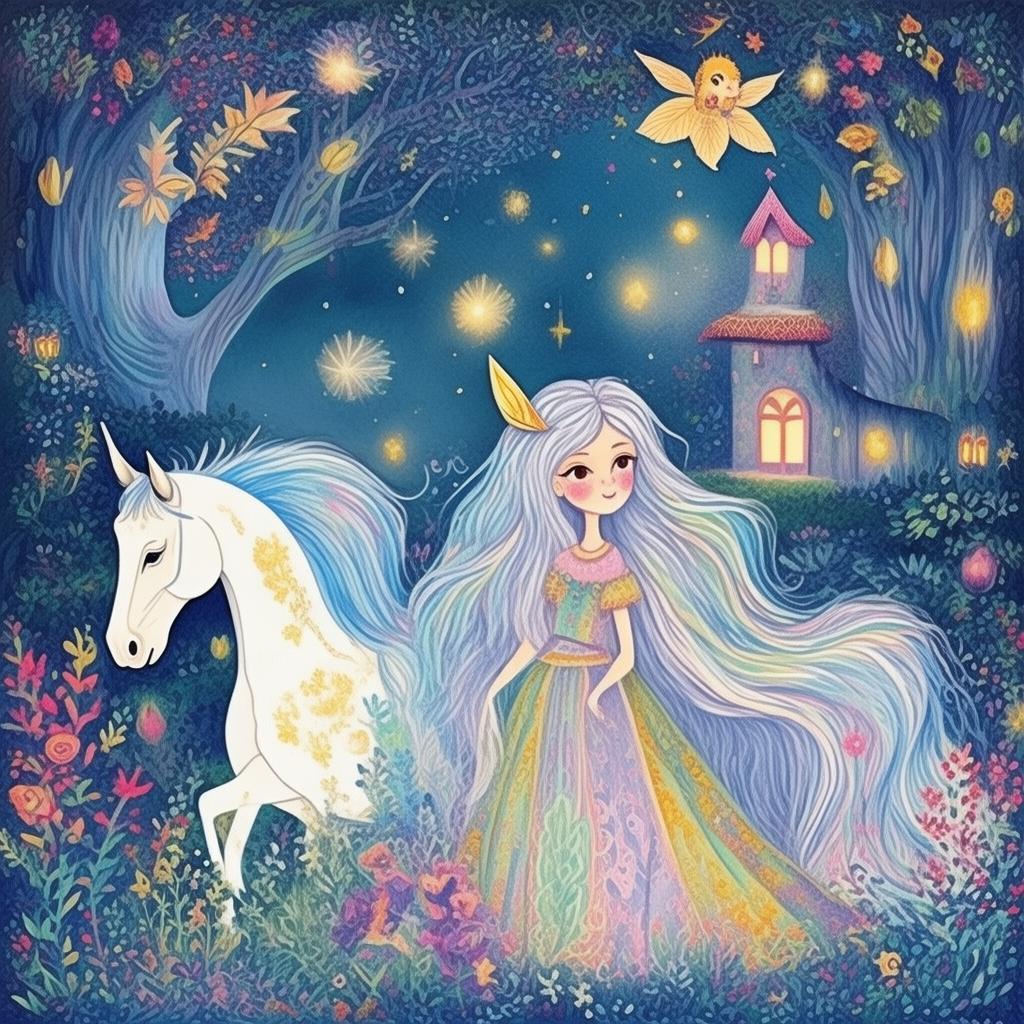The Pinyin Tempest: A Andersen's Tale in Storm
In the quaint village of Linghua, nestled among the whispering bamboo groves and the roaring mountains, lived a boy named Andersen. A boy who had an insatiable curiosity for the world and a passion for languages. The villagers spoke of old tales, of how the ancient language of Pinyin had the power to weave spells and shape reality. Andersen, though fascinated, dismissed these stories as mere folklore, believing the power of language was confined to the written word.
One fateful day, a tempest arose with the fury of a thousand dragons. The wind howled, and the rain lashed down in sheets, battering the village and its inhabitants. Andersen, caught in the midst of the chaos, found himself caught in a fierce gale that swept him away from the safety of the village.
Lost and disoriented, Andersen stumbled upon an ancient, weathered temple hidden amidst the towering trees. The wind seemed to whisper secrets as it brushed past the temple walls. Inside, he discovered a strange, ornate book, its pages made of shimmering, translucent paper. The book was written in the mysterious Pinyin script, and as Andersen's eyes scanned the pages, the wind began to calm, the rain to subside.

With a mixture of wonder and trepidation, Andersen began to read aloud, the words echoing through the temple. The very air around him seemed to shimmer, and the storm outside was no more. Andersen's heart raced with excitement and fear, as he realized the power of the language he had once dismissed.
The villagers, who had taken shelter in the temple, emerged to find the storm gone, the sky clearing. Andersen, their hero, was hailed as a savior. But the villagers were soon to learn that the storm had only been a harbinger of a far greater danger.
An ancient, malevolent force had been awakened by Andersen's words. It sought to bend the fabric of reality to its will, to reshape the world in its own image. Andersen, with the help of the villagers, must now use the power of the Pinyin language to bind the force, preventing it from destroying all that they held dear.
As Andersen and the villagers embarked on their quest, they discovered that the language was not just a tool of magic, but a reflection of their own hearts and minds. Each character, each stroke of the brush, held a piece of their collective consciousness. Andersen, in his role as a linguist, found himself not just as a wielder of words, but as a shaper of reality.
The path was fraught with trials and tribulations. Andersen and his companions faced off against mythical creatures, solved riddles written in ancient scripts, and braved treacherous landscapes. Through their journey, Andersen came to understand that the power of the language was not just about the words themselves, but the emotions and intentions behind them.
In a climactic battle, Andersen faced the source of the ancient force, a being of immense power and malice. With the help of his friends, Andersen channeled the Pinyin language, the collective will of the village, and unleashed a surge of pure, unadulterated intent. The force, bound by the very essence of the village's unity and the purity of Andersen's heart, was finally subdued.
The village was saved, but at a cost. Andersen's voice, once a source of comfort and guidance, had grown hoarse from the strain. He had become the embodiment of the language, and his body was a vessel for its power. As the villagers celebrated their victory, Andersen knew that his journey was far from over. He had become the guardian of the Pinyin language, bound to its fate.
The tale of Andersen, the linguist turned guardian of the Pinyin language, spread far and wide. It was a story of courage, unity, and the unyielding power of the human spirit. Andersen's tale served as a reminder to all that language is not just a tool of communication, but a force capable of shaping the very essence of reality.
And so, Andersen lived on, a legend among the villagers, the guardian of the Pinyin language, forever bound to the fate of the storm he had once summoned.
✨ Original Statement ✨
All articles published on this website (including but not limited to text, images, videos, and other content) are original or authorized for reposting and are protected by relevant laws. Without the explicit written permission of this website, no individual or organization may copy, modify, repost, or use the content for commercial purposes.
If you need to quote or cooperate, please contact this site for authorization. We reserve the right to pursue legal responsibility for any unauthorized use.
Hereby declared.









